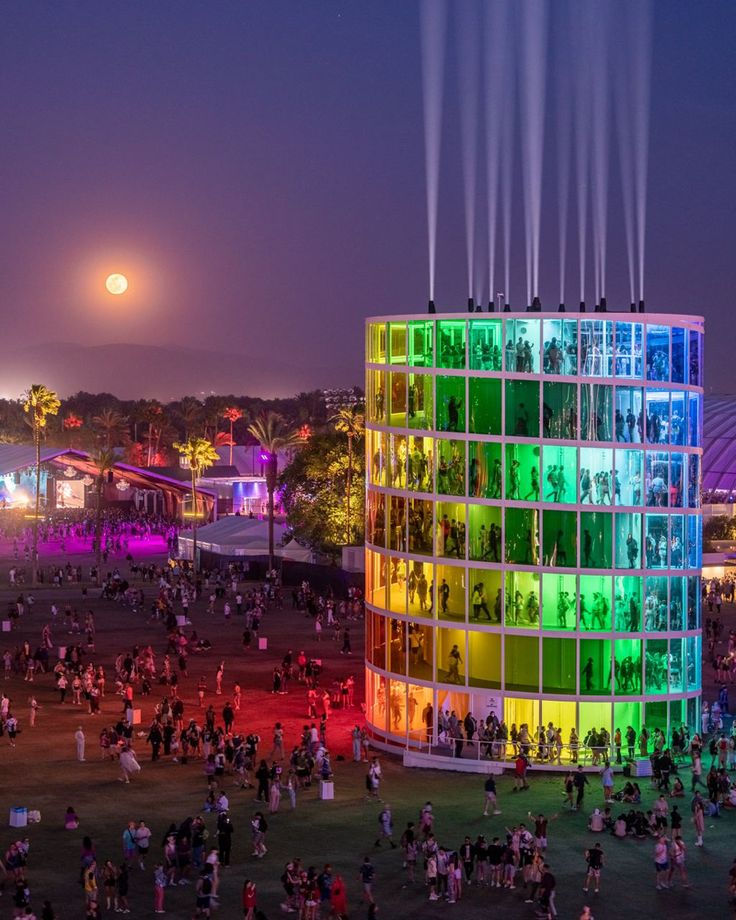The Rise of Character Posters: Why Films Have 10 Posters
- rbninquiries
- 25 mei
- 3 minuten om te lezen
The Rise of the Character Poster: Why Every Film Now Has 10 Covers
Once upon a time, a single poster was all a movie needed. One image to rule them all, capturing the essence of the story with iconic visuals and typography. But today, movie marketing has evolved into something much more fragmented and dynamic. One of the biggest shifts? The explosion of character posters.
If a film has a large cast or even just a few standout leads, you can bet each one will get their own solo poster. Superhero movies, fantasy epics, animated films, and even indie projects now come with full sets of collectible designs, each spotlighting a different face, costume, or mood. But why has this trend taken over? And what does it say about the relationship between design, fan culture, and modern film marketing?

A Poster for Every Persona
Character posters serve a clear purpose. They put the spotlight on individual cast members, helping to build buzz and anticipation around not just the story but the personalities within it. These posters usually feature a clean portrait, dramatic lighting, and the character’s name or catchphrase. They are designed to be bold, shareable, and instantly recognizable.
In ensemble-driven films like Avengers: Endgame, Dune, or The Hunger Games, each character poster gives a sense of identity and hierarchy. They also allow fans to focus on their favorites. If you love Zendaya’s character in Dune, you might share her poster on your Instagram story. If you’re a Loki fan, you might use his Thor poster as your phone wallpaper. This personalization is part of the magic.

Fan Culture Meets Design Strategy
Character posters thrive in fan-driven spaces. Fandoms love detail, symbolism, and individuality, and these posters are a perfect canvas for all three. Designers use color, texture, and typography to differentiate characters and signal tone. A villain might be framed in shadows, with sharp serif lettering. A rebellious hero might be bathed in red and gold, with bold sans-serif type.
For fans, character posters become visual anchors. They are easier to connect with on a personal level than group shots or abstract artwork. This emotional attachment is great for marketing. Studios know that fans will share, remix, and collect these images. They end up as posters on bedroom walls, saved Pinterest pins, and limited-edition prints at conventions.
Multiplying Visibility and Virality
In the social media age, more posters mean more chances to be seen. A single poster might hit the feed once. Ten character posters? That’s ten touchpoints. Each one can target a different niche audience, from casual moviegoers to die-hard fans. And when actors post their individual posters on social media, it expands the reach even further.
This approach also boosts merch potential. Each character design can appear on t-shirts, mugs, and collectibles. It turns visual branding into a multi-layered experience, which is especially valuable for franchises hoping to build long-term cultural relevance.
Character Posters in Non-Franchise Films
While the trend started in big franchises, it has now spread into indie and prestige cinema. Films like Barbie, Oppenheimer, and Knives Out have embraced character posters to build intrigue and highlight unique personalities. Even television series like Euphoria, The Mandalorian, and Wednesday use character-centric visuals to drive online conversation.
For filmmakers, this allows for creative expansion. A poster doesn’t just sell the film. It becomes part of the storytelling. Each character’s design can hint at their arc, their relationships, or their secrets. Designers are tasked not just with making something beautiful, but something meaningful.

Are We Reaching Saturation?
With every film getting its own poster set, there is a risk of overload. When character posters feel formulaic or repetitive, they lose their impact. It takes strong design thinking and a clear brand direction to make each poster feel distinct yet cohesive.
Audiences are also more visually literate than ever. They can spot lazy Photoshop or generic layouts from a mile away. To stand out, studios and designers have to push the envelope—using bold photography, experimental layouts, and type treatments that reflect each character’s personality and narrative role.
Final Thoughts
Character posters are more than just marketing. They are cultural artifacts, digital collectibles, and expressions of fandom. They allow audiences to engage more deeply with fictional worlds and give designers a new playground for creativity. In a crowded visual landscape, they offer both variety and focus.
Whether it’s a superhero saga or a small ensemble drama, giving every character their moment in the spotlight has become a powerful way to build identity and connection. After all, sometimes the story that pulls you in starts with just one face.
.png)


